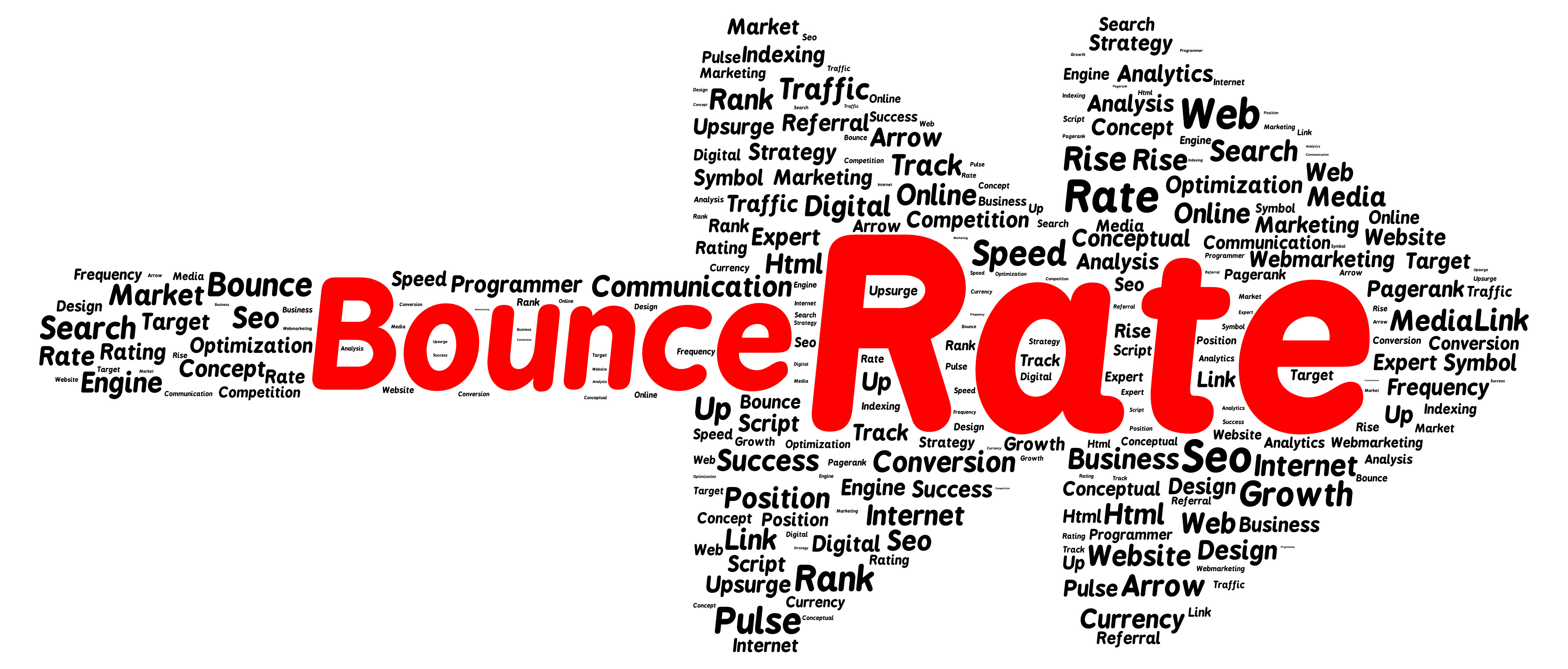Bounce rate is the number of visitors who visit your website and leave from the home page without visiting any inner page – in simple words, one-page visitors. If your website’s bounce rate is high, it shows that the page wasn’t user-friendly or visitors didn’t find what they were looking for.

If your website analytics show that you are receiving high bounce rate then you need to adopt following 4 methods for reducing it:
1. Reduce Page Load Time
Slow page loading is a top factor in high bounce rate of website. If a user can’t see web content, it will increase the bounce rate. According to a survey, 47% of web users expect a page to load in less than 3 seconds.
Fast page load is very crucial for mobile responsive websites. According to a survey by Radware, a 500 milliseconds delay in page loading can result in an increase in more than 26% bounce rate.
Slow-loading pages are also a main cause of low conversion rate for e-commerce retailers. This is amazing to know that only 2% of top 100 e-commerce websites have fast mobile responsive websites that load in less than five seconds on mobile phones and tablets.
2. Make Your Content More Accessible
After fixing the mobile load time, the next step is to put useful content is proper formatting on the website. Formatting your web page content makes it easy to read for users and reduces your bounce rate. Visitors don’t read weighty paragraphs that span entire page, try to use bullet points and mention just the key points.
Given below are few points to follow for content formatting:
- Frequent subheadings
- Bulleted lists
- Suitable images
Use of these content formatting ways makes your web content easy to scan for users and allows them to identify relevant points.
3. Use Sidebar Widgets and Promotions Sparingly
Use sidebar space for promoting your main packages smartly. Using excessive ads and banners in the sidebar also increases bounce rate. Try to promote relevant items in the sidebar that provides the reader additional value.
For a blogging website, try to display the relevant articles in the sidebar that will help in making your website sticky. Always provide useful and genuinely valuable content to your visitors. Similarly, if you want to display trust signals and awards in your sidebar, make sure they’re from only the most renowned and reputable sources.
Also, avoid using un-necessary pop-ups, this will frustrate visitor. No-doubt, pop-ups are highly effective, but their excessive use can be terrible, especially if you force a visitor to sign-up or watch the video in pop-up.
4. Include a Clear Call to Action
A call to action is very necessary for successful conversion of leads. You need to think about what specific action you want users to take when they’ve consumed content offered by you. Once you have decided what you want them to do, you can a crystal-clear call to action for converting leads into conversions.
Don’t confuse your visitors with multiple CTAs. Always use a single, clear and relevant call to action that helps visitors to get the job done.


















